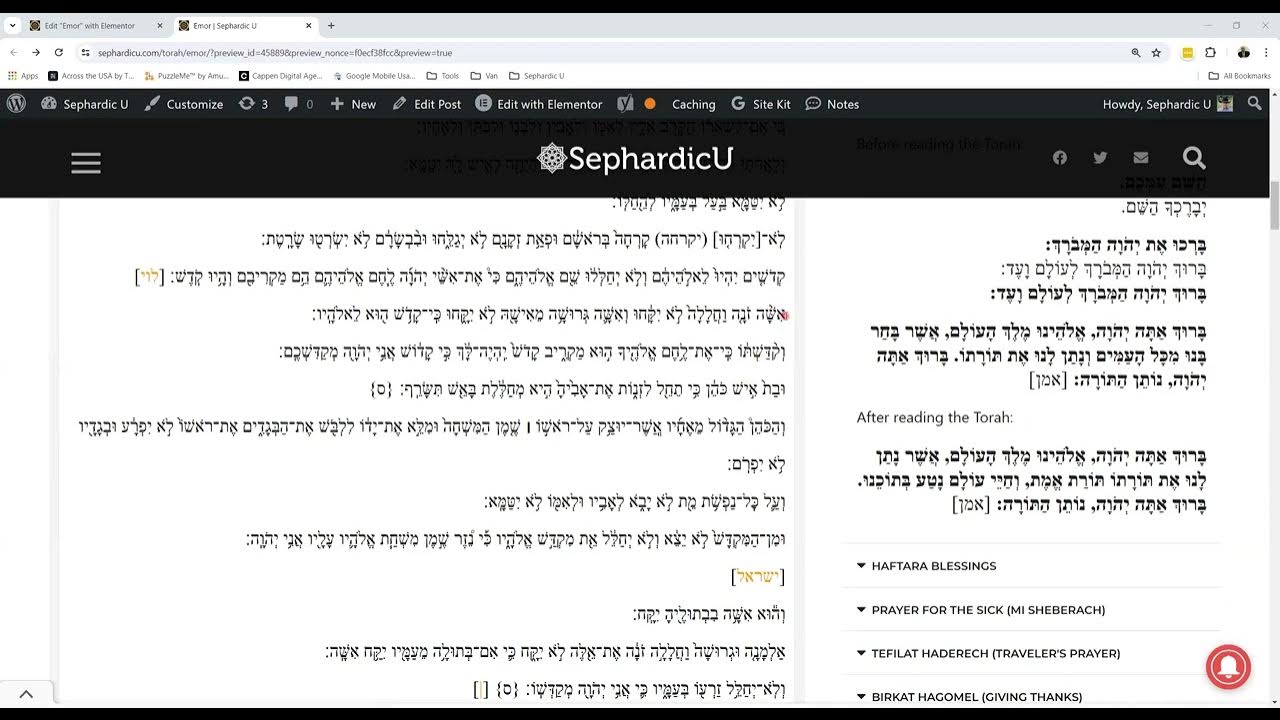Conclusion: A Journey of Continuity and Connection
Final Reflection on the Significance of Tracing Sephardic Genealogy
As we approach the culmination of our exploration into the intricate tapestry of Sephardic genealogy, we are poised on the threshold of a profound realization. Tracing Sephardic heritage reaches beyond the mere recollection of names and dates—it beckons us to delve deeper, to connect with the essence of who we are and the legacy we carry into the future.
Summing Up the Key Takeaways from Each Section
Our journey through Sephardic history has traversed landscapes rich with diversity and resilience. The Sephardic Diaspora stands as a testament to a community that not only survived adversity but thrived, leaving an indelible imprint on cultures worldwide. Our roots extend beyond geographic borders, intertwining with stories that shape our collective identity.
The Power of Surnames and Ancestral Names
Within the tapestry of Sephardic genealogy, our surnames and ancestral names are the keys that unlock the doors to our past. These names hold stories of migrations, professions, and connections that illuminate our lineage. They bridge the gap between personal narratives and the broader history that has shaped us.
Resources: Illuminating the Path of Discovery
The journey into Sephardic genealogy is facilitated by an array of resources—archives, databases, community organizations, and expert researchers. These tools offer us the chance to uncover fragments of history, to piece together narratives that span generations. They empower us to honor our heritage by weaving stories from the threads of the past.
Encouragement to Take Action and Start Your Journey
Standing at the crossroads of time, we are each invited to embark on a personal genealogical journey. Our ancestors’ stories resonate through history, urging us to become the storytellers of their legacy. Engaging with our heritage is an investment in a narrative that bridges past and present, shaping the stories of generations to come.
Embracing the Challenge of Nurturing a Legacy
Preserving the Sephardic legacy is not a passive act; it’s a responsibility we all share. We hold the tools to contribute to the collective narrative of Sephardic Jews—a narrative that illuminates history’s corners and honors the diversity that defines us.
A Continuation of Stories: Nurturing Sephardic Heritage
As we conclude this series of reflections, remember that our Sephardic heritage is not confined to the annals of time—it lives and breathes through us. Each discovery, each connection we make, is a step towards a narrative that spans continents, cultures, and generations.
Final Call to Action and Links to Resources
We invite you to embark on this ongoing journey with an open heart. Dive into the resources that have been shared, engage with the Sephardic community, and create your chapter in the narrative of Sephardic heritage. By nurturing the legacy, you contribute to a story that transcends time and enriches our shared identity.
In Closing: A Legacy Continues
As we stand at the intersection of past and future, let us be guided by the stories that have shaped us. With gratitude for the narratives that brought us here and eagerness for the stories yet to unfold, let us continue to cherish and nurture the flame of our Sephardic heritage.








Parashat Behar – Weekday Torah Reading (Moroccan TeAmim)